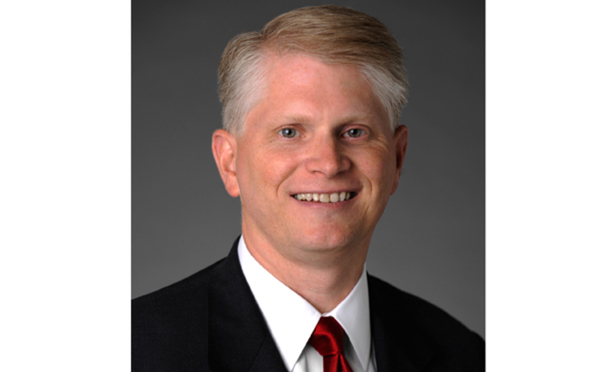In recent years, the government has dusted off the Financial Institutions Reform, Recovery and Enforcement Act of 1989 (FIRREA)1 and refashioned it as a civil enforcement tool to target various types of conduct within financial institutions, rather than the conduct it was enacted to address—conduct by individuals bent on harming financial institutions themselves. The statute was enacted in response to the savings and loan crisis but scarcely used until about five years ago, when the government began taking advantage of its hybrid civil-criminal structure to target large financial institutions. Features of the statute presumably attractive to the government are that it only requires proof of violations of the underlying predicate criminal statutes by a preponderance of the evidence and that it has a generous 10-year statute of limitations. The Department of Justice’s expansive new use of the decades-old FIRREA statute has been the subject of much commentary and criticism, and some have argued that the government has overreached by shoehorning into a federal civil enforcement action conduct that was never intended to be a target of the statute’s provisions. Amid this commentary and criticism, the government’s FIRREA juggernaut has chugged forward, leaving a trail of settlements with large financial institutions in its wake. Until recently.
Although many banks have settled with the government when faced with FIRREA charges, Bank of America (as successor to Countrywide) and one individual defendant chose to put the government to its proof at trial. The jury returned a verdict against Bank of America and the individual defendant, and U.S. District Judge Jed S. Rakoff assessed a hefty penalty of nearly $1.3 billion. But, the U.S. Court of Appeals for the Second Circuit recently overturned the verdict and penalty on appeal. Despite the colorful, expansive language in the government’s complaint and press statements,2 the appellate panel found that the government had completely failed to prove its fraud charges, a major setback. Following the verdict, the U.S. Attorney’s Office had issued a strong statement, admonishing Bank of America’s “rush to feed at the trough of easy mortgage money on the eve of the financial crisis,” declaring that its profits were “built on fraud,” and seemed even to take issue that Bank of America had dared to challenge the government’s proof at trial, by adding that “Bank of America chose to defend Countrywide’s conduct with all its might and money, claiming there was no case here. The jury disagreed.”3 In the end, it was the Second Circuit who disagreed, finding no fraud was proven.
This content has been archived. It is available through our partners, LexisNexis® and Bloomberg Law.
To view this content, please continue to their sites.
Not a Lexis Subscriber?
Subscribe Now
Not a Bloomberg Law Subscriber?
Subscribe Now
LexisNexis® and Bloomberg Law are third party online distributors of the broad collection of current and archived versions of ALM's legal news publications. LexisNexis® and Bloomberg Law customers are able to access and use ALM's content, including content from the National Law Journal, The American Lawyer, Legaltech News, The New York Law Journal, and Corporate Counsel, as well as other sources of legal information.
For questions call 1-877-256-2472 or contact us at [email protected]



